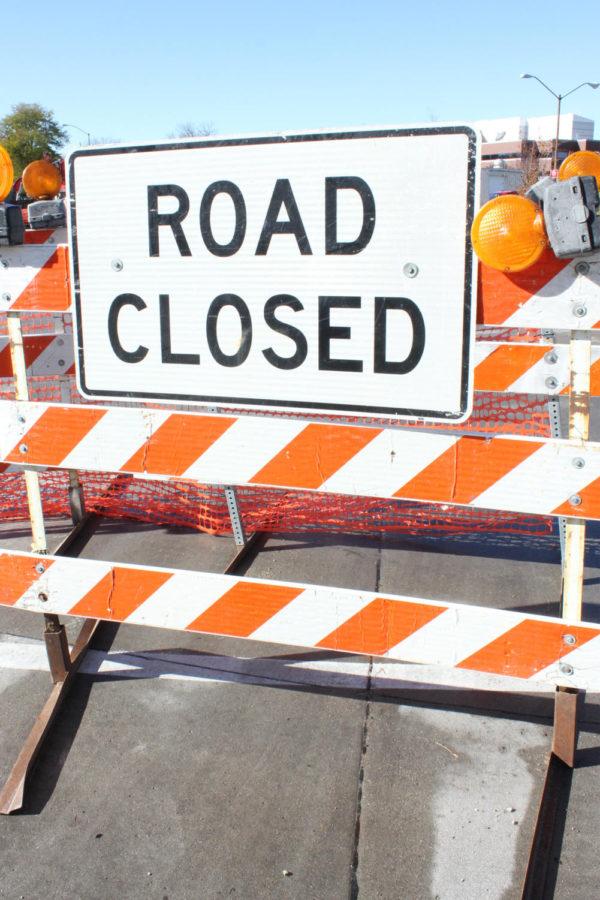Farmer discusses financial, environmental impact of Keystone XL pipeline
October 10, 2012
A Nebraska farmer is raising awareness about his fight against oil.
Students, professors, and members of the public gathered to hear Randy Thompson speak about TransCanada’s Keystone XL pipeline on Oct. 10, in the Great Hall at the Memorial Union. Thompson was supposed to be joined by Tom Poor Bear, but he was unable to attend due to a medical condition.
Thompson is an activist against the Keystone XL pipeline. In 2007, Thompson was approached by TransCanada, which was asking for an easement. This easement would last 99 years and allow the pipeline to be built on his land.
The Keystone XL pipeline, three feet in diameter, is supposed to run from Alberta, Canada to Port Arthur, Texas. The pipeline will carry synthetic crude oil and tar sand, which is made up of loose sand or sandstone saturated by heavier, thicker form of oil called bitumen. Bitumen is diluted with chemicals and heated to a high temperature before transportation.. The mixture would be pushed with 1,400 pounds of pressure.
“The purpose is to get that Canadian oil to a place it can be sold at the world market,” said Thompson.
Thompson outlined a lot of different issues that could be caused by the pipeline in Nebraska.
“In our situation, we have a very high water table, so it would be directly put in our water supply,” Thompson said.
He also brought up that “the older these pipelines get, the more problems they have.”
Thompson shared the story of a person in North Dakota who had the pipeline running through his land. One day he looked out and saw a 60-foot geyser of oil shooting from the line. That geyser led to 21,000 gallons of leaked oil.
The Keystone’s shut-off stations are 17 miles apart. Thompson said that with the pumping pressure of 1,400 pounds, “Any type of a pinhole leak is going to do some serious damage. [TransAmerica] cannot detect pinhole leaks. There is a certain percentage they cannot detect.”
One of the most common problems is how the pipeline will affect the landowners.
“This easement stays with your real estate. It can drastically affect your property values. I’m sure any of you, if you wanted to buy a piece of property, would you buy one with a big huge pipeline full of chemicals or would you buy one that was incumbent?” said Thompson.
Thompson refused multiple times to allow TransCanada to build the pipeline on his land. He publicly announced the monetary offers he received for the 99-year easement. The first offer was a one-time payment for $9,000. The last offer he received was $17,900, and he is still turning it down.
“If you work out $17,900 for 100 years, that is about 50 cents a day. Which will not even buy my cup of coffee,” said Thompson.
May 23, 2011 was the last time Thompson heard from TransCanada. As of now, the route has been changed for the pipeline due to his constant refusal. However, if TransCanada is granted a permit, which they were first denied and have since reapplied for, and given eminent domain, there is no guarantee that his land will still be safe from the pipeline.















